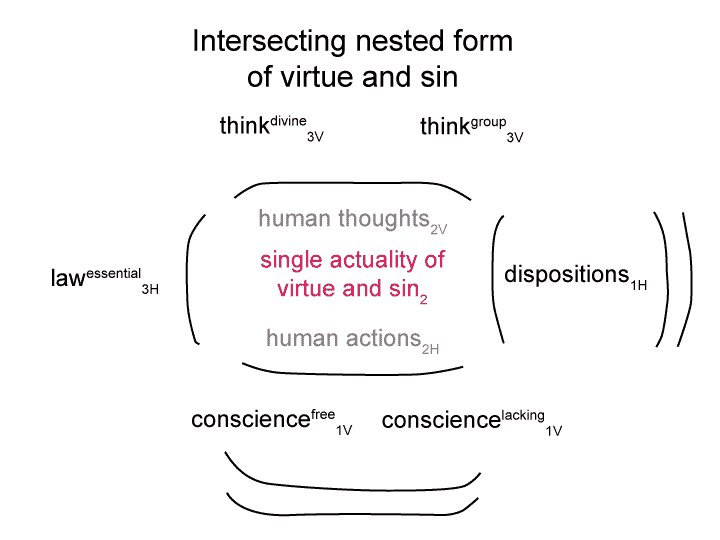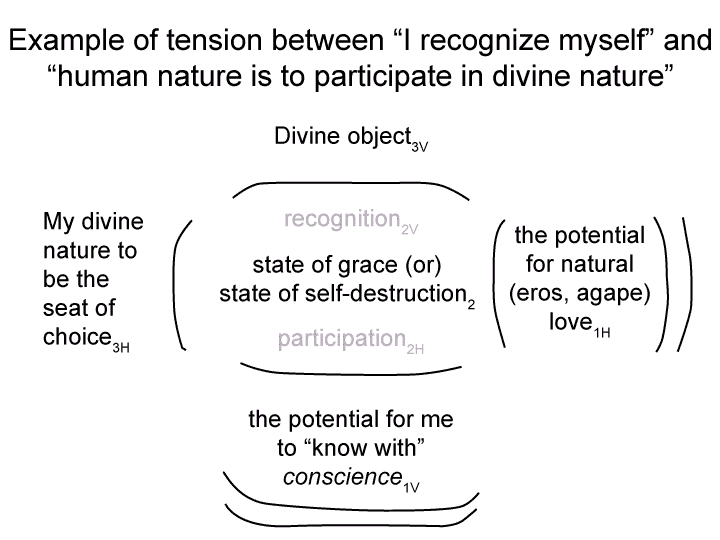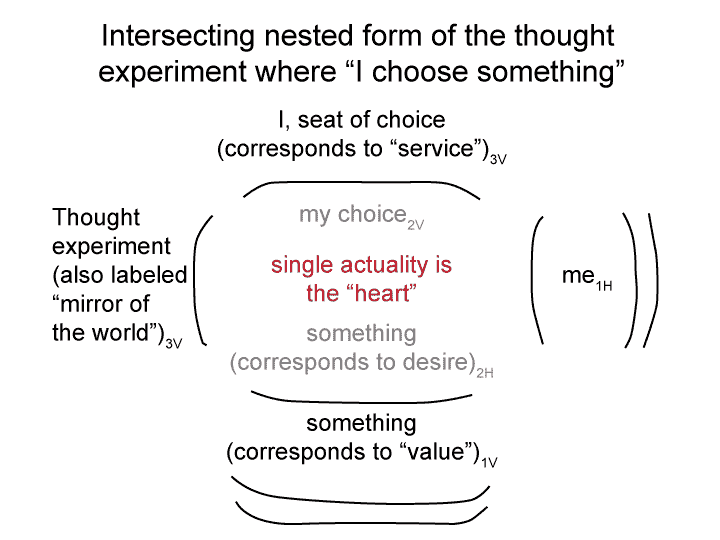Man and Sin by Piet Schoonenberg (1964) 2.3 FP
Summary of text [comment] page 83
‘Freedom of will’ is implicit in the Scripture’s use of the word ‘heart’.
What comes from the heart?
Thoughts, words and deeds come from the heart. Choice comes from the heart.
[Have we seen something like this before?]



